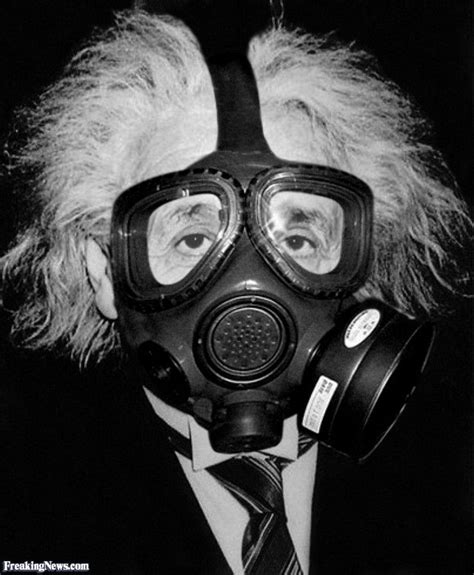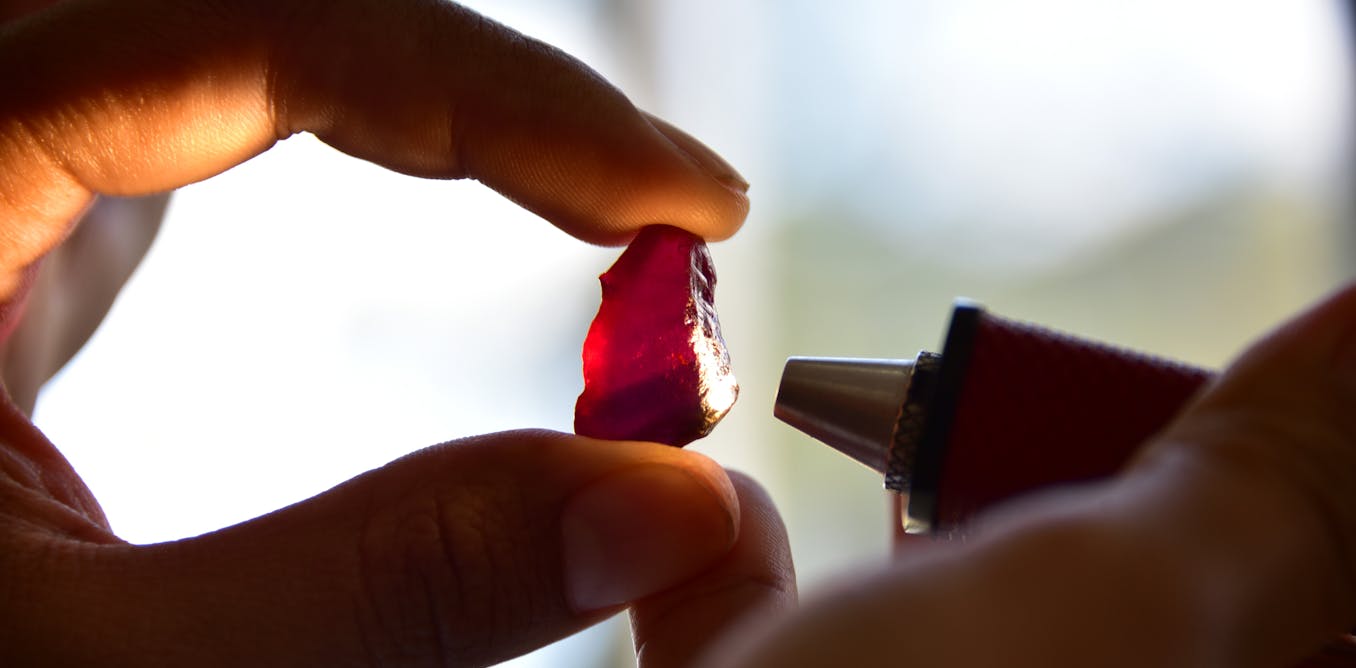Rubies are mainly made up of the mineral corundum, which is composed of the elements aluminum and oxygen in a regular, repeating array. Each aluminum ion is surrounded by six oxygen ions.
Emeralds are mainly made up of the mineral beryl, which is made from the elements beryllium, aluminum, silicon and oxygen. Beryl’s crystal structure is more complicated than corundum’s because of the additional elements in the formula, but each aluminum ion is again surrounded by six oxygen ions.
Pure corundum and beryl are colorless. The brilliant colors of rubies and emeralds come from the presence of very small amounts of chromium. The chromium replaces about 1% of the aluminum in the corundum or beryl crystal when a ruby or emerald forms underground at a high temperature and pressure.
But how can one element – chromium – create the red color of a ruby and green color of an emerald?
Unlike the colorless aluminum ion, the chromium ion absorbs blue and green light when surrounded by the oxygen ions. The red light is reflected back, so that’s what you see in rubies.
In an emerald, even though the chromium is surrounded by six oxygen ions, there is a weaker interaction between the chromium and the surrounding oxygen ions. That’s due to the presence of silicon and beryllium in the beryl crystal. They cause the emerald to absorb blue and red light, leaving the green for you to see.


